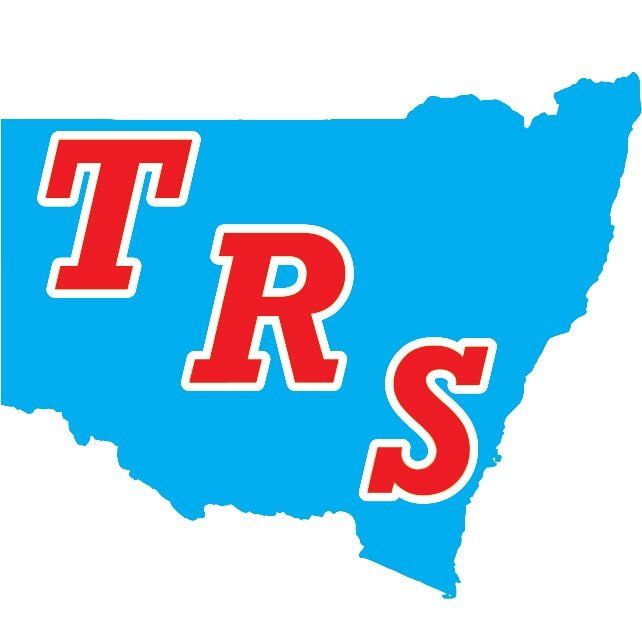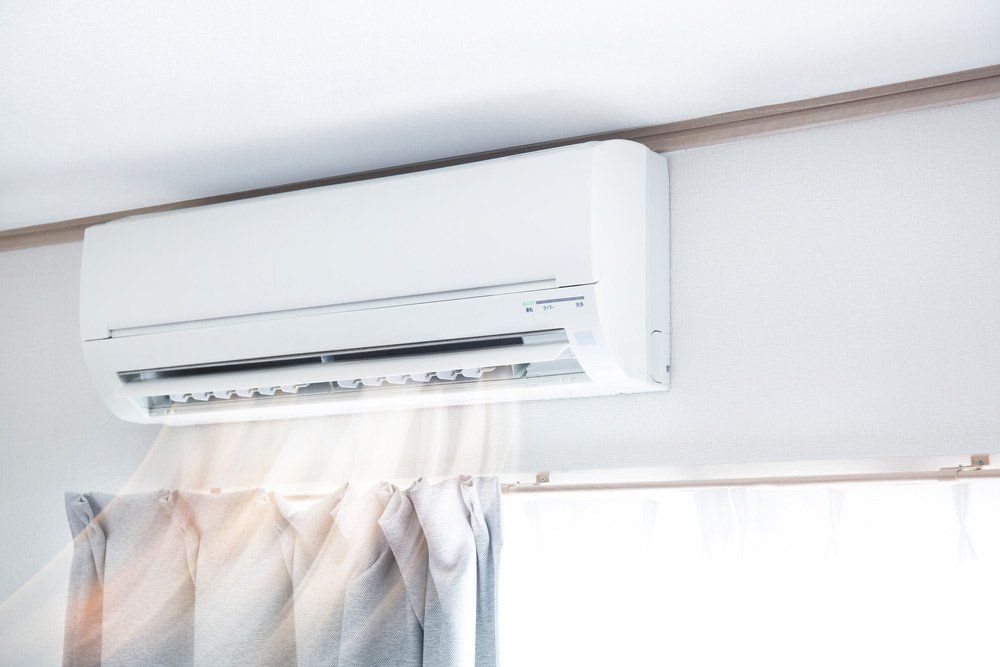When considering a climate control solution for your home or business, you’ll need to decide what type of system is right for you. One favoured option is the reverse cycle air conditioner.
Put simply, a reverse cycle system can either heat or cool a space and can switch between modes at the press of a button. The reverse cycle provides a simple solution for those who require effective climate control all year round.
How A Reverse Cycle Air Conditioner Works
In cooling mode, the outdoor unit draws in hot air from outside. Refrigerant-filled coils absorb heat; liquid coolant turns to gas, and fans push the cold air through to an indoor head unit. The indoor unit then uses the conditioned air to cool the target location.
Heat absorbed by the coils has to go somewhere. Therefore, a condenser converts the gas back to a liquid, which causes the coils to release their stored heat through the outdoor unit, and the cycle repeats.
When heating, the cycle takes place in reverse, and the system pumps hot air through to the indoor unit where it heats the target room.
Advantages Of A Reverse Cycle System
Reverse cycle air conditioners boast several advantages:
- Convenience
- Energy efficiency
- Low running costs
- Low environmental impact
Convenience is essential, and the ability to switch between heating and cooling at the press of a button is a standout feature of reverse cycle systems.
A good air conditioner works at 300-600% efficiency, producing 3 to 6 times the amount of heat or cooling compared to energy consumed. Efficiency can be even higher for certain products under the right conditions, and energy rating labels can help you choose an appropriate make and model.
Energy efficiency translates to low running costs and less carbon emissions, making a reverse cycle system ideal for anyone wanting to cut costs or reduce their environmental impact.
Different Types Of Reverse Cycle Systems
When choosing a reverse cycle system, you have several options:
- Split system
- Multi-split
- Ducted
- Window or wall
A standard split system consists of an outdoor unit and an indoor wall-mounted module. This setup works best when you only need to heat or cool a single space.
Multi-split systems allow one outdoor unit to service multiple indoor modules, which may be the preferred option if you have several rooms to regulate and wish to leave your outdoor area uncluttered.
Ducted split systems push air through ductwork to multiple locations throughout a property. With simple controls, you can choose which rooms receive heating or cooling.
Standalone window or wall air conditioners can heat or cool small spaces but are much less effective and energy-efficient than split systems.
Which System Is right For You?
Whether you need climate control for one room, multiple spaces, or an entire commercial property, a reverse cycle system could be the ideal solution. Get in touch with our experienced team at TRS Air Conditioning & Refrigeration to discuss your needs.
ABOUT US
TRS Air Conditioning & Refrigeration has been servicing the Coffs Coast since 2011 and our technicians have a combined experience of over 40 years. We provide Air conditioning, commercial refrigeration and catering equipment sales, installation. We also provide service and maintenance on all brands. TRS Air Conditioning & Refrigeration are dealers for Toshiba, Carrier, Braemar, and Mitsubishi Heavy Industries. We are warranty service agents for Toshiba, Fujitsu, Carrier, Braemar, Mitsubishi Heavy Industries, Panasonic and Haier.
Find us on
location
Site Links
ABOUT US
TRS Air Conditioning & Refrigeration has been servicing the Coffs Coast since 2011 and our technicians have a combined experience of over 40 years. We provide Air conditioning, commercial refrigeration and catering equipment sales, installation. We also provide service and maintenance on all brands. TRS Air Conditioning & Refrigeration are dealers for Toshiba, Carrier, Braemar, and Mitsubishi Heavy Industries. We are warranty service agents for Toshiba, Fujitsu, Carrier, Braemar, Mitsubishi Heavy Industries, Panasonic and Haier.
Find us on
contact information
Phone: 0401 816 021
Email: office@trsaircon.com.au
Address: Newcastle Dr, Toormina NSW, 2452
location






